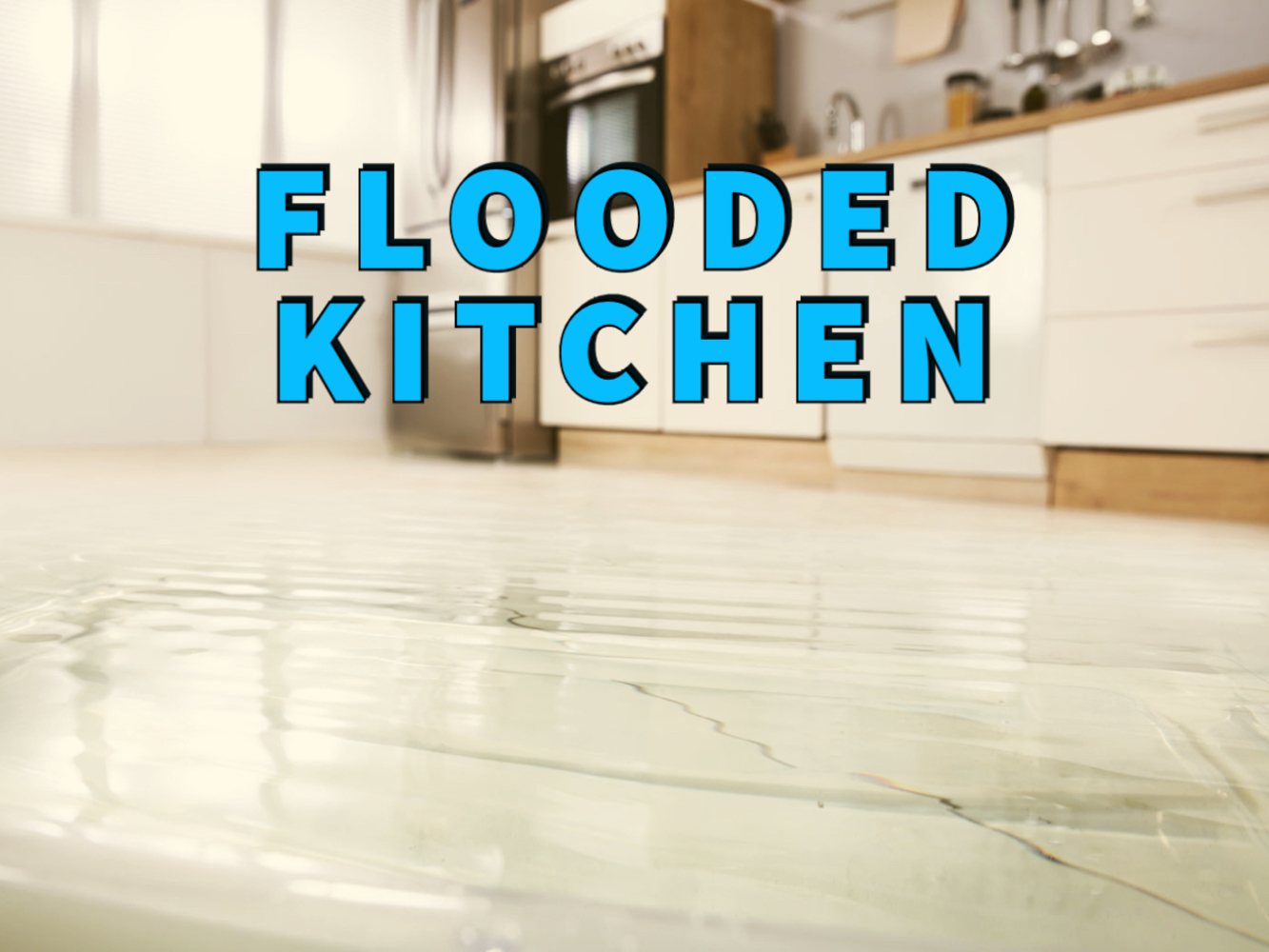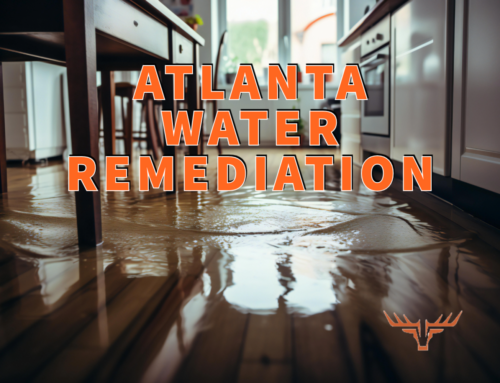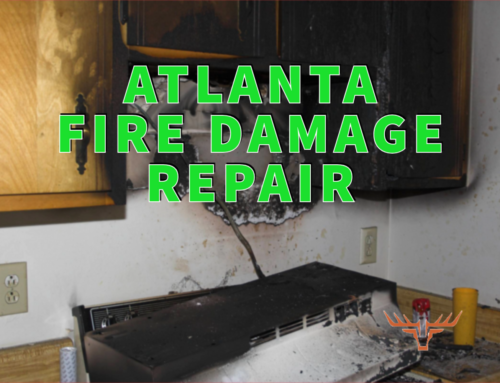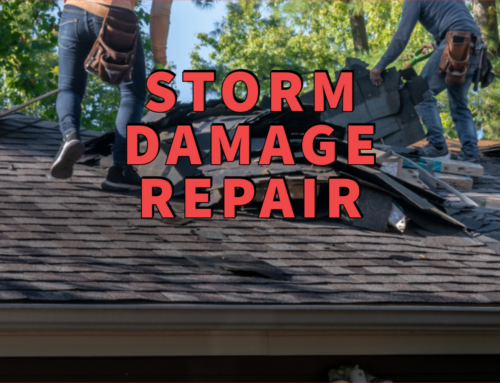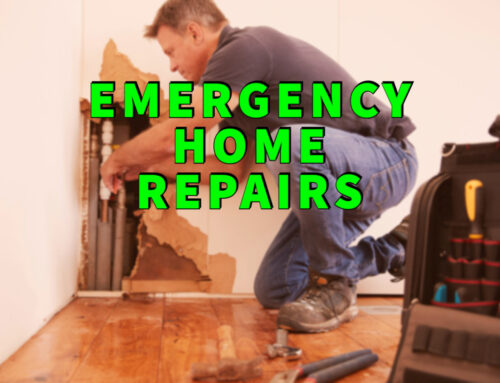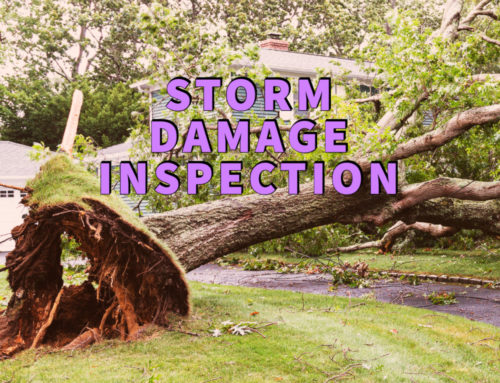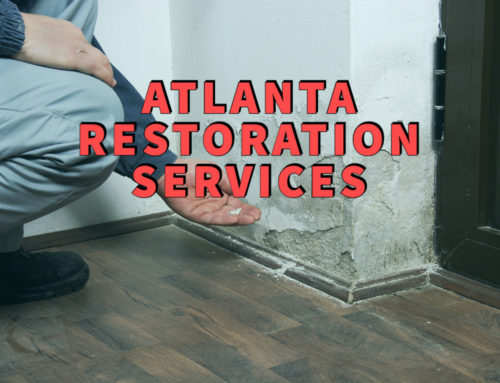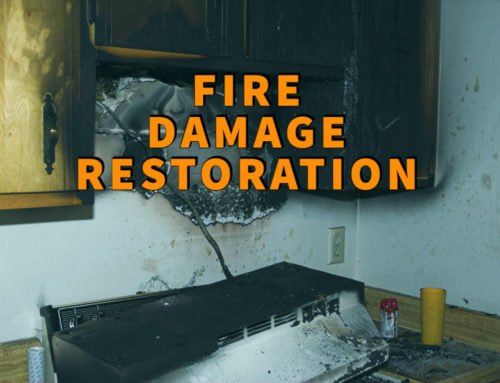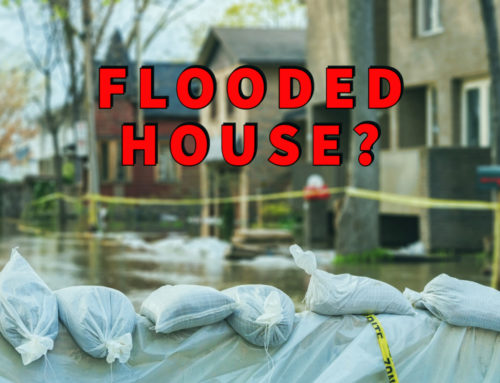Call your water damage restoration professional for recovery from your flooded kitchen!
A flooded kitchen can be a disaster. Not only is it a huge inconvenience, but if water damage is not dealt with quickly and correctly, it can lead to mold and other serious problems. That’s why knowing what to do if your kitchen ever becomes flooded is essential.
If your kitchen has been flooded, it’s crucial to take action quickly to minimize the damage. Fortunately, there are some steps you can take to clean up a flooded kitchen and get it back to normal.
Here are some tips from water damage restoration experts on how we clean up a flooded kitchen and get it back to normal as soon as possible.
What causes a flooded kitchen?
There are a few kitchen appliances that can cause a flood. The most common culprits are dishwashers, refrigerators, and kitchen sinks. If these appliances start to leak, it can quickly lead to a flooded kitchen.
Dishwasher leaks can release either clean or dirty water into your kitchen. For example, if the pipes leading into the dishwasher rupture or their seals fail, that clean water can seep into the surrounding area. Or, if the water escapes into your kitchen after the dishes are clean, it can contain bacteria, debris, and soap.
Refrigerators and kitchen sinks often release clean water, assuming the fridge is connected to the water line for ice and water like most modern models. The sole exception is if the garbage disposal or waste line leaks—your flooded kitchen would contain dirty water that might have food debris or soap.
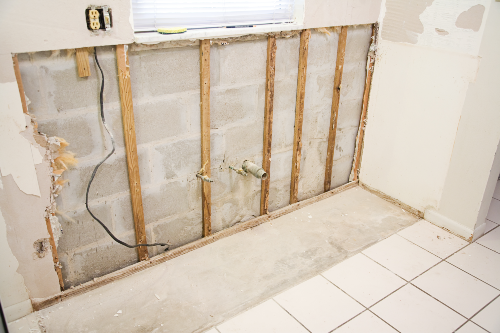
Typical damage we see in a flooded kitchen
Cabinets are often one of the first places people look when they see water damage in a kitchen. If your cabinets are wet, dry them out as quickly as possible. You can do this by opening the doors and drawers and using a fan to blow air inside.
If the cabinets are severely damaged, they may need replacement. The same goes for flooring—if water has seeped into your floors, they may also need to be replaced, particularly if you have hardwood flooring in your kitchen.
Appliances are another common source of water damage in a flooded kitchen. If any of your appliances were submerged in water, have them inspected by a professional before using them again to avoid electrical shocks or fires.
What to do if your kitchen floods in 6 steps
If you experience a flooded kitchen, you should first turn off the water source to the appliance or feature where the water originates. For example, cut the water to the refrigerator if that’s the leak’s source.
Next, turn off the electricity to the nearby appliances. This step helps you avoid electrical shocks and fires.
As for the water in your flooded kitchen, try and contain it as much as possible. You can do this by mopping up the water, containing it with piles of towels, or using a wet/dry vacuum.
Once you’ve removed as much water as possible, it’s time to start drying out the area. Empty any flooded cabinets, open their doors and drawers, then use a fan to blow air inside. If necessary, remove any wet rugs and set them outside to dry.
Take pictures of any of the water damage. This evidence will come in handy when it’s time to make your insurance claim. In combination with a professional estimate, photo documentation helps insurance companies process your claim promptly.
Finally, call a professional water damage restoration company like ours to assess the damage and begin the restoration process. We have the experience and equipment necessary to get your flooded kitchen back to normal as soon as possible.
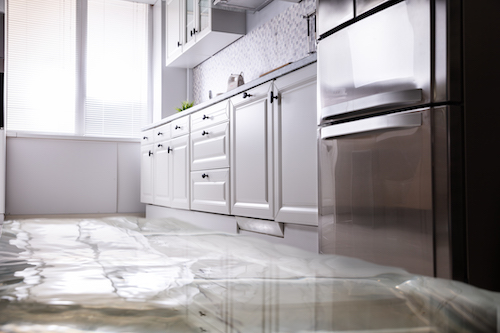
How we clean up a flooded kitchen
Water damage restoration is a process that involves drying out the flooded area, cleaning the water damage, and repairing any damage caused by the water.
The first step in water damage restoration is to dry out the flooded area using fans and dehumidifiers. The site should be dried out quickly to prevent mold growth.
Once the area is dry, you can clean the water-damaged surfaces. This cleaning usually involves using special detergents and cleaners to remove any bacteria or debris that might be present in the water.
Finally, any damage caused by the water will need to be repaired, which might involve replacing damaged flooring, cabinets, or appliances. It might also include repairing electrical wiring or plumbing.
Water damage restoration is a complex process, but it’s one that our experienced professionals are more than qualified to handle. We will work quickly and efficiently to get your flooded kitchen back to normal. If you have any questions or want to learn more about our services, please don’t hesitate to contact us.
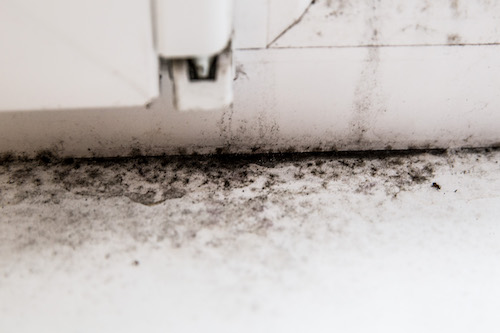
What about mold?
Mold is often a side effect of water damage and can proliferate in a flooded kitchen. Mold can cause a variety of health problems, so it’s essential to address any mold growth as soon as possible.
Additionally, mold damage adds another layer to the restoration process. Not only will the flooded area need to be dried out and cleaned, but any mold growth will also need removal.
If you suspect that there might be mold growth in your flooded kitchen, call a professional water damage restoration company like ours right away!
Revere Construction & Roofing can help with your flooded kitchen!
If your kitchen floods, act quickly to minimize the damage. Water damage can lead to mold and other serious problems if not dealt with properly.
Whenever you discover a flooded kitchen:
- Turn off the water to stop the leak.
- Cut the power to nearby appliances.
- Take pictures of the water damage
- Contact a professional water damage restoration company
At Revere Construction & Roofing, our experienced water damage restoration experts will work quickly and efficiently to get your flooded kitchen back to normal. We have the experience and equipment necessary to handle any size job, from minor leaks to significant flooding. Contact us today to learn more about our services or to schedule a free consultation!

